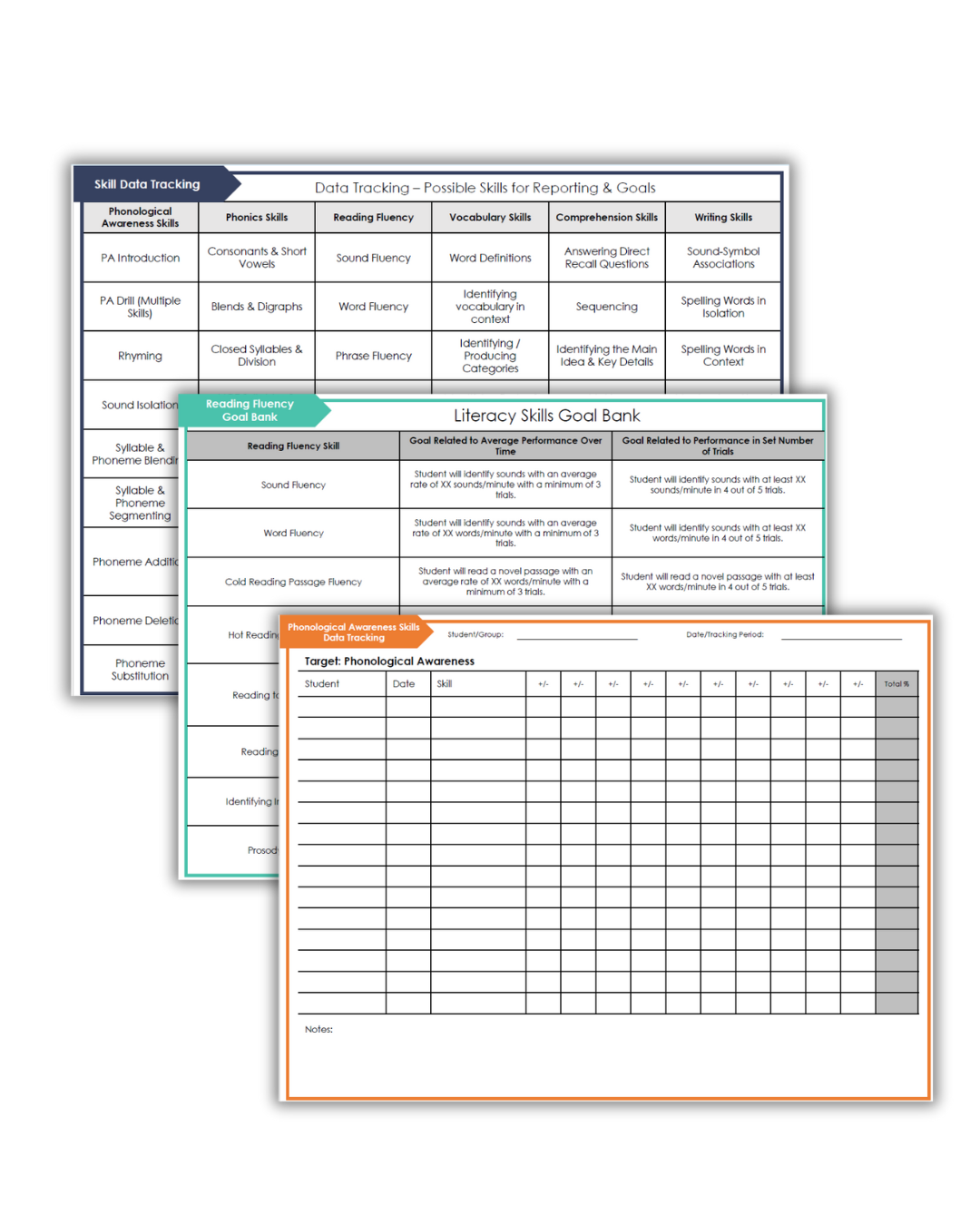How Data-Tracking Makes Classrooms Equitable
As educators, one of our greatest responsibilities is to ensure that every child has access to the tools and opportunities they need to succeed.
That’s what educational equity is all about: leveling the playing field so students can grow to their fullest potential.
Data tracking may not seem like an obvious equity tool, but it is one of the most effective ways to make instruction fair, unbiased, and targeted.
What Do We Mean by Equity?
Educational equity means recognizing that students don’t all start from the same place and may not need the same supports. Equity provides each learner with what they need to access opportunities, whether that’s extra time, scaffolded instruction, or targeted practice.
As the Perception Institute defines it, implicit bias is “when we have attitudes toward people or associate stereotypes with them without our conscious knowledge.” These biases influence how we perceive and respond to students, even when we don’t intend to.
The good news? Consistent, accurate data-tracking gives us a way to check our biases at the door.
How Bias Shows Up in Classrooms
Psychologists call it Attribution Theory: the way we explain behavior often depends on who’s involved.
If a child we expect to succeed struggles, we might assume the problem is external (a bad day, a confusing text).
If a child we subconsciously hold lower expectations for struggles, we might assume the problem is internal (they’re lazy, unmotivated, or not capable).
These invisible narratives shape how we interpret student behavior and performance.
How Data Creates Equity
When we set clear, measurable goals and track them consistently, we move away from assumptions and toward facts.
Consistent rules reduce bias. For example, you might decide:
If a student self-corrects without prompting, count it correct.
If you provide a cue, mark it incorrect.
If a student repeats a phrase, don’t count it as an error.
Numbers tell the story. Instead of relying on impressions, we can point to accuracy rates, error patterns, and growth over time.
Data shifts the narrative. Instead of “this student can’t,” the conversation becomes “this student is ready for targeted support in X skill.”
By anchoring decisions in data, we ensure students are evaluated on what they can actually do, not on assumptions or bias.
Why This Matters
Accurate data helps us:
Identify strengths and needs with clarity.
Provide equitable opportunities for growth.
Reduce the role of bias in decision-making.
Communicate with parents and colleagues using objective information.
Ultimately, data is not a reflection of you or your teaching; it’s a pathway for change.
Next Steps for You
To make equitable data tracking easier, we created a free data-tracking printable. It’s designed to follow your lesson flow so you can track each component of literacy without losing instructional time.
And if this was helpful and you want to take this process further, join our Spotlight PD: Progress Monitoring Made Simple.
Inside, we’ll walk you through how to:
Identify skill gaps across the five core components
Write measurable goals that guide instruction
Track meaningful growth (even when it’s slower than you’d hoped)
Adjust instruction based on what the data and the student are telling you
Plus, you’ll get a full Progress Monitoring Toolkit with progress monitoring probes you can implement right away!


